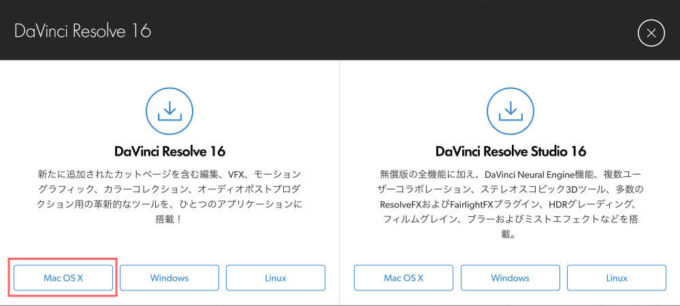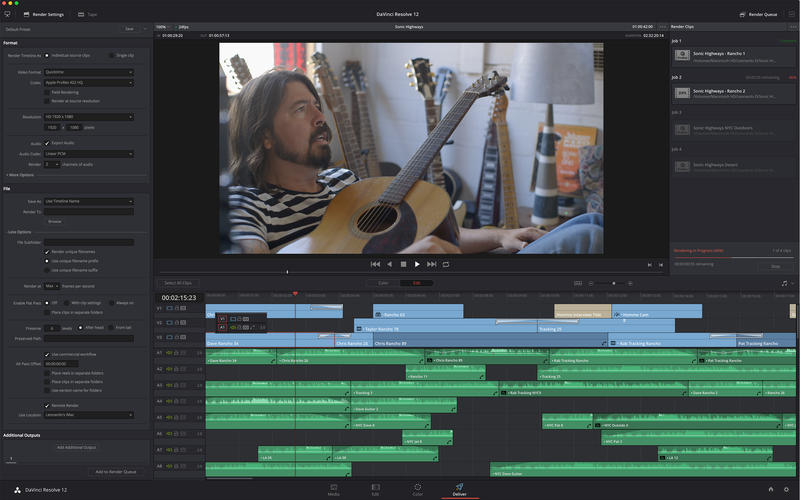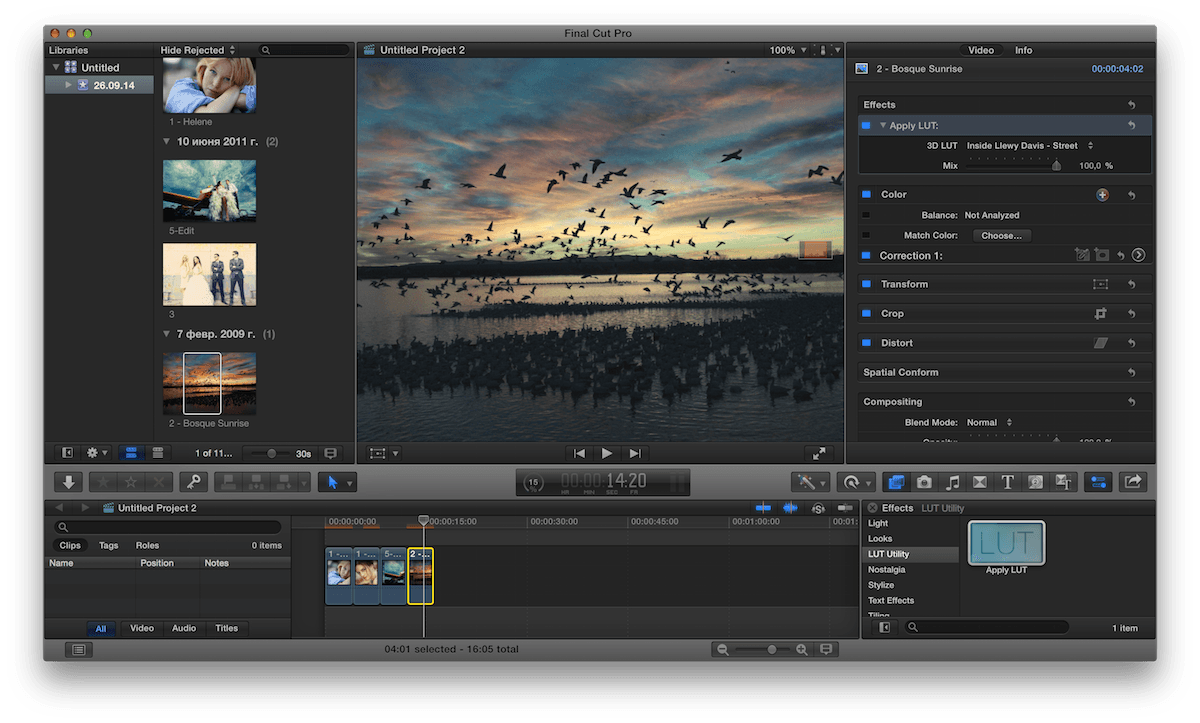

Once you have uploaded the LUT to the box and are happy with your look you can disconnect the computer. The computer (which can of course be a laptop) does not need to remain connected to the HDLink.


To compensate for this you can always turn up the saturation on the monitor, just remember to restore the saturation control back to normal before you put the monitor away at the end of the shoot! When using a 3D LUT like the cube LUT’s linked above you do get a full correction including saturation. There is one limitation however, without a LUT, you cannot adjust the overall saturation of the image, so when shooting with SLog2 and SGamut the pictures will not have the full saturation (colour) of your final graded output. If you don’t have a LUT you can use the HDLink software to adjust many parameters of the picture to create your desired look live on set. This box has HDSDI inputs and outputs as well as other output options including DisplayPort to which you can connect either a DVI or HDMI monitor with the appropriate adapter.īy placing the HDLink between the cameras HDSDI out and your monitor you can apply a LUT by connecting a computer to the HDLink via USB and using the HDLink software utility to import the LUT to the Black Magic box.

One of the most affordable solutions is the Black Magic Design HDLink Pro. Currently on set you cannot upload LUT’s to the F55/F5 or FS700, so if you want to use the LUT’s to alter your monitor output you need to use some additional hardware. In this article I’m going to look at how you can use these both on set and in DaVinci Resolve. In addition there are many other LUT’s that you can use with SLog2 to help create different looks. You can download those LUT’s here: DaVinciResolveCubeFiles. Sony recently released a set of 4 cube LUT’s (Look Up Tables) for use with SLog2.


 0 kommentar(er)
0 kommentar(er)
